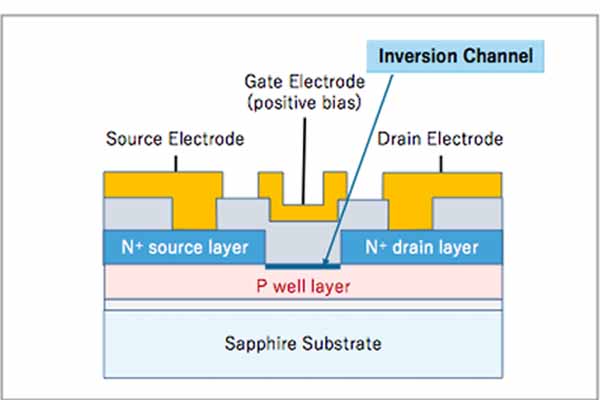Flosfia, a Japanese spin-off from Kyoto University, backed by Mitsubishi, Denso, and the Development Bank of Japan, is about to move into mass production of gallium oxide-based PMICs. The company stated that their devices made of gallium oxide could reduce power loss by 70% compared to current devices and decrease EV power consumption by 10%.in order to increase its sale company is looking for Japanese foundries to make mass production of hundred thousand devices by summer 2023. Flosfia can generate a revenue of $ 732 million by 2030
The devices will be sold to auto parts makers. Gallium Oxide (Ga2O3) comes in five different phases, with its α-phase (which takes the corundum crystal structure) having the most attractive material properties.
With a wide bandgap of 5.3eV and high electric breakdown field strength, α-Ga2O3 can better withstand high-voltage applications, making it possible to replace existing silicon and silicon carbide (SiC) power semiconductors.
In 2008, Kyoto University exhibited single-crystal growth of -Ga2O3 on sapphire for the first time. Flosfia created a -Ga2O3 Schottky barrier diode (SBD) with a low specific on-resistance of 0.1mcm2 in 2015.
Flosfia, a company spun off from Kyoto University in 2011, later released an engineering sample of a -Ga2O3 SBD in a TO220 packaging.














